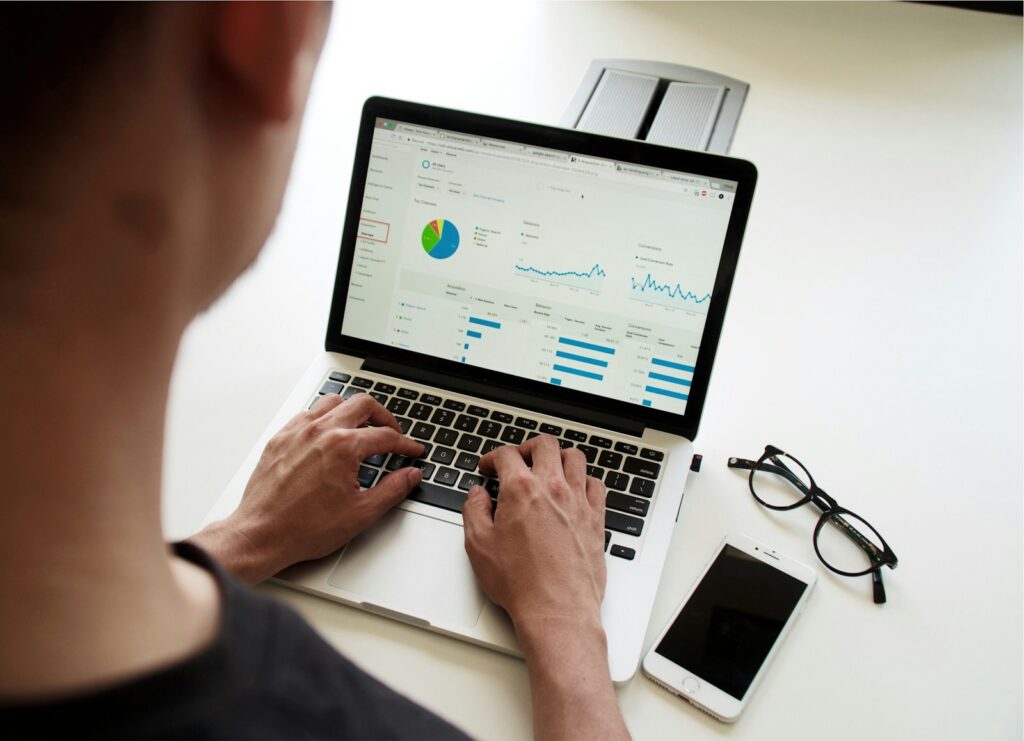What story does your Balance Sheet tell?
Following our previous article on How to Read a Profit & Loss (P&L) statement, many founders requested a similar guide for reading a balance sheet. If you didn’t read the P&L post, you can view it here.
Knowing how to read a P&L is essential, and understanding your balance sheet is equally important. While the P&L shows trends and trajectory, the balance sheet shows financial position at a point in time. How has your business been funded to date? How much money is in your bank accounts? How much do customers owe you? How much do you owe to vendors, debtors, etc.? This information is critical to fully understanding the financial health of your business and making better decisions to optimize future positioning.
You can understand the story your balance sheet tells by asking these four questions:
1. How much equity has been raised?
A good balance sheet serves as a summarized record of your fundraising history. Startups who raise external funding from equity investors should ensure their balance sheet tells the right story on how the business has been funded to date.
- Line Item: Equity
- Pro Tip #1: Ensure that your equity section is broken out by investment round (Seed, Series A, etc.). This makes it easy to see how much funding was raised at various stages. If an investor or advisor wants to learn more about each round, you can show them a copy of your cap table.
- Pro Tip #2: Work with a good accountant or CPA to categorize each investment type appropriately. Convertible debt and SAFE notes shouldn’t appear in the equity section–they should be listed as liabilities until they convert to equity.
2. What type of debt is outstanding, if any?
Many founders use some form of debt to fund operations as they grow. Knowing the type of debt used (SAFE notes, term loans, credit cards, etc.) and the term on the that debt is critical to making smart financial decisions and surviving diligence with investors. Your balance sheet is the system of record for this information.
- Line Item: Liabilities
- Pro Tip #1: Ensure that each loan or debt facility is shown on its own line in the balance sheet. This shows investors exactly what debt obligations you have outstanding, and whether those facilities are growing or being paid down over time. Be ready to answer questions on the terms of each facility (i.e., interest rate, payback schedule, covenants, etc.)
- Pro Tip #2: Separating short-term and long-term debt helps you understand your company’s liquidity position. Debt that matures in less than 12 months should be in short-term liabilities, while debt that matures in more than 12 months (or debt that has no defined maturity date) should be in long-term liabilities.
3. Are we collecting from customers?
The faster you receive cash from customers, the faster you can grow your business using revenue alone. Companies with large, ever-growing accounts receivable balances may receive investor scrutiny, as this suggests: 1) they think it’s easier to pitch investors than collect funds from actual customers; 2) they are struggling to deliver enough value to make customers pay quickly; 3) their revenue figures may actually be overstated.
- Line Item: Accounts Receivable (AR)
- Pro Tip #1: Collect upfront so you don’t have to chase down open invoices later! If possible, set up autopay for your customers, or add late fees and interest into your contracts.
- Pro Tip #2: Collect as much of your AR as possible before going out to raise a funding round. Your time is better spent collecting dilution-free money that customers owe you vs. raising new equity from investors.
- Pro Tip #3: Write off old balances if you don’t realistically expect to collect them. When your balance sheet is clogged with old payments that you’ll never receive, it is tougher to focus on the portion of AR that is actually collectible.
4. What expenses are being capitalized?
As the founder of your business, you should know which expenses are being capitalized as an asset on the balance sheet versus which are expensed on the P&L. Expenses with a large upfront cost followed by a long useful life (think real estate, company cars, heavy machinery, etc.) are generally capitalized so you can “depreciate” them onto your P&L over-time rather than taking a massive expense hit upfront. Many software companies also expense R&D costs associated with building their product (related: read more about R&D tax credits here).
- Line Item: Fixed Assets
- Pro Tip #1: Know your policy regarding capitalized software and R&D expenses. If you capitalize recurring costs such as developer salaries, be sure to add them back when calculating burn rate. Additionally, be mindful of upcoming capitalized expenditures (such as a large inventory order) that may impact your runway.
- Pro Tip #2: Consult a CPA or tax expert when filing your taxes at the end of the year. Capitalizing expenses has serious tax implications so don’t take this advice for granted.


